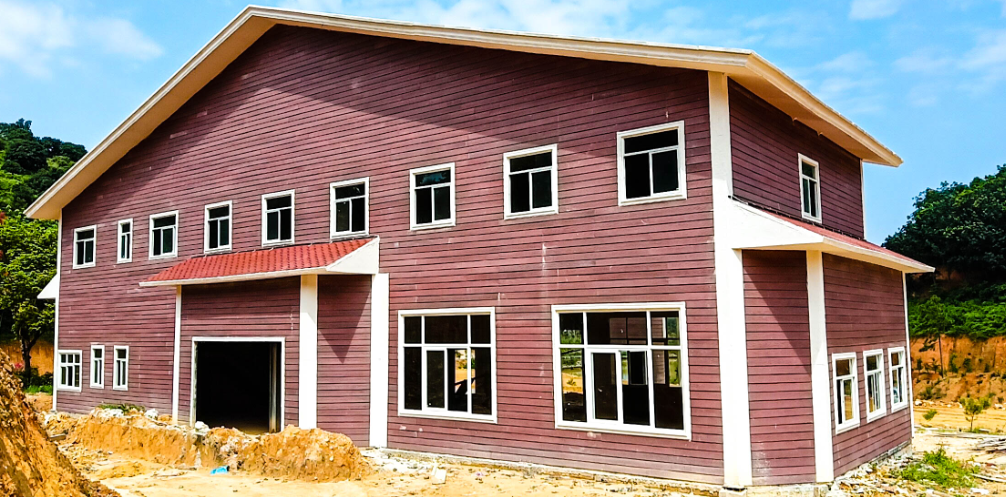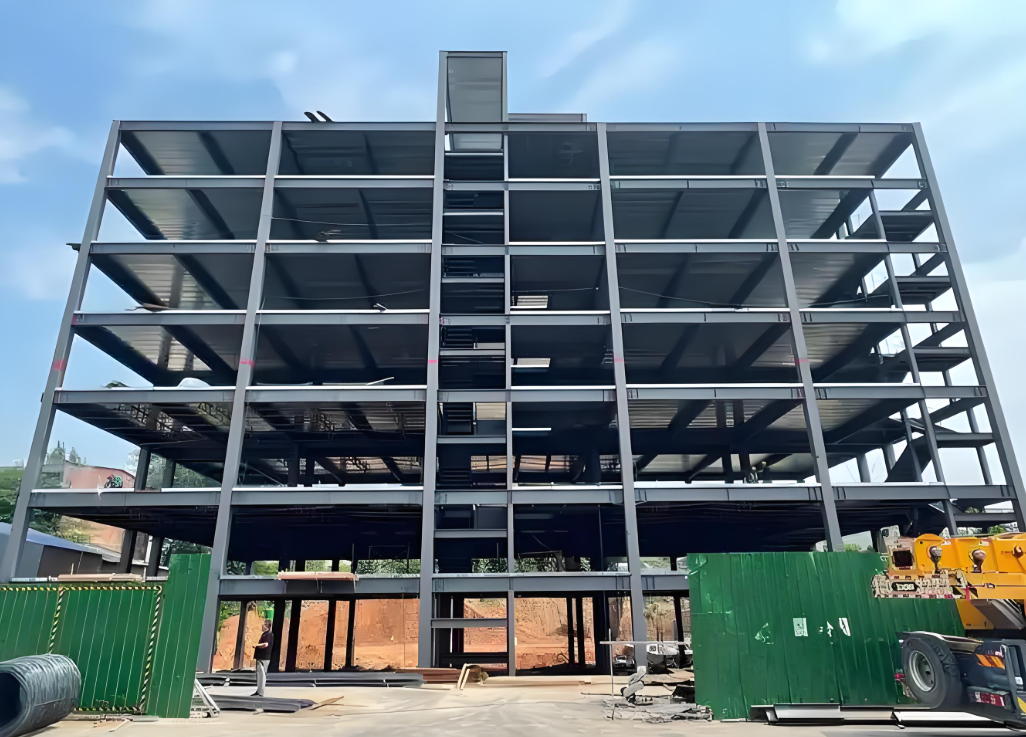Advantages of Steel-Structured Houses
As society progresses, the construction of houses now not only focuses on quality but also pursues aesthetic appeal and design. Steel-structured houses have gained increasing popularity, and some young people in rural areas have even started building their own steel-structured houses. Steel-structured houses have certain characteristics and advantages, being both sturdy and lightweight, which facilitates transportation. So, what exactly are steel-structured houses, and what advantages do they offer? Let's explore this together with Yuexinsong.

What Are Steel-Structured Houses?
Steel-structured houses are primarily composed of steel materials and are one of the main types of building structures. They consist of steel beams, steel columns, steel trusses, and other components made of H-shaped steel and steel plates. These components or parts are typically connected using welds, bolts, or rivets. With their lightweight design, simple construction, and ease of transportation, steel structures are widely used in large venues, factories, super high-rises, and more.
What Are the Advantages of Steel-Structured Houses?
1.Lightweight, Large Span, and Strong Bearing Capacity
Compared to traditional reinforced concrete brick houses, Steel-structured houses are lightweight but do not compromise on bearing capacity! This not only reduces the requirements for the foundation but also facilitates transportation and construction.
2.Industrialized Production, Simple Manufacturing, and High Precision
A large number of steel structures are manufactured at specialized steel structure factories, where production is simple and precise. Prefabricated components are transported to the site for assembly using bolts, making construction convenient. Additionally, steel structures are easy to dismantle, reinforce, or modify.
3.Uniform Material, Good Plasticity and Toughness, and High Seismic Performance
The standardized production in factories ensures that the load-bearing components of steel structures have uniform material and similar mechanical properties, unlike reinforced concrete, which can be easily affected by human factors resulting in defects. Steel components have good plasticity and will not suddenly break or fail due to accidental or localized overloading. They also have good toughness, making steel structures more adaptable to dynamic loads.

4.Short Construction and Installation Cycle
Beams, columns, wall panels, and roofs are installed using a prefabricated steel structure method. With the installation of steel structure floor slabs and cast-in-situ reinforced concrete, the construction speed is fast. Compared to traditional houses that can take a year or more to build, the construction period of steel-structured houses can be shortened by over 2/3.
5.Energy-Saving and Emission-Reduction, Belonging to Green Buildings
The walls use lightweight, energy-efficient, standardized prefabricated wall panels instead of clay bricks. With dry operations using sand, stone, and cement, over 80% of the materials can be recycled, saving energy and promoting environmental protection.
6.Flexible Decoration
Steel structures naturally have a sense of thickness and decoration, which, combined with other decorative elements, gives a modern feel!
In conclusion, Steel-structured houses offer the above advantages, which explain why many people choose them. They have a fast construction speed, but the total construction cost of steel-structured houses is slightly higher than that of concrete houses. Especially with the surge in steel prices this year, construction costs have increased by over 20% compared to last year.



